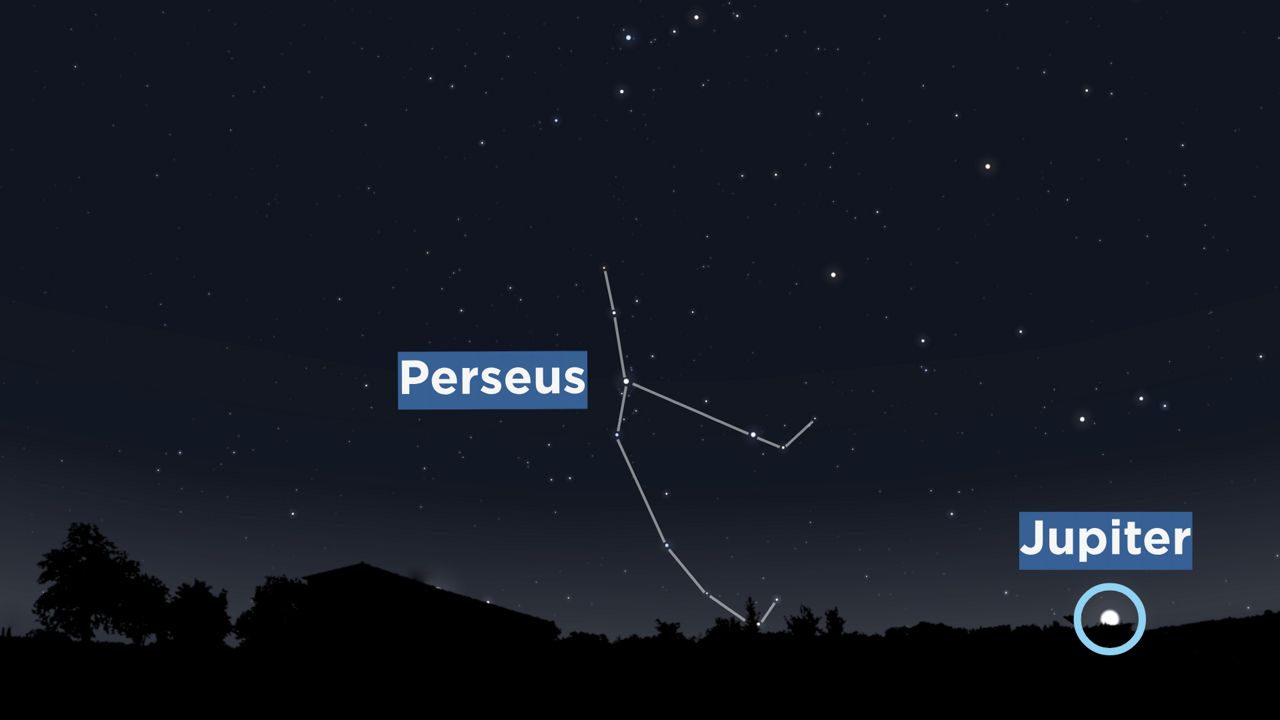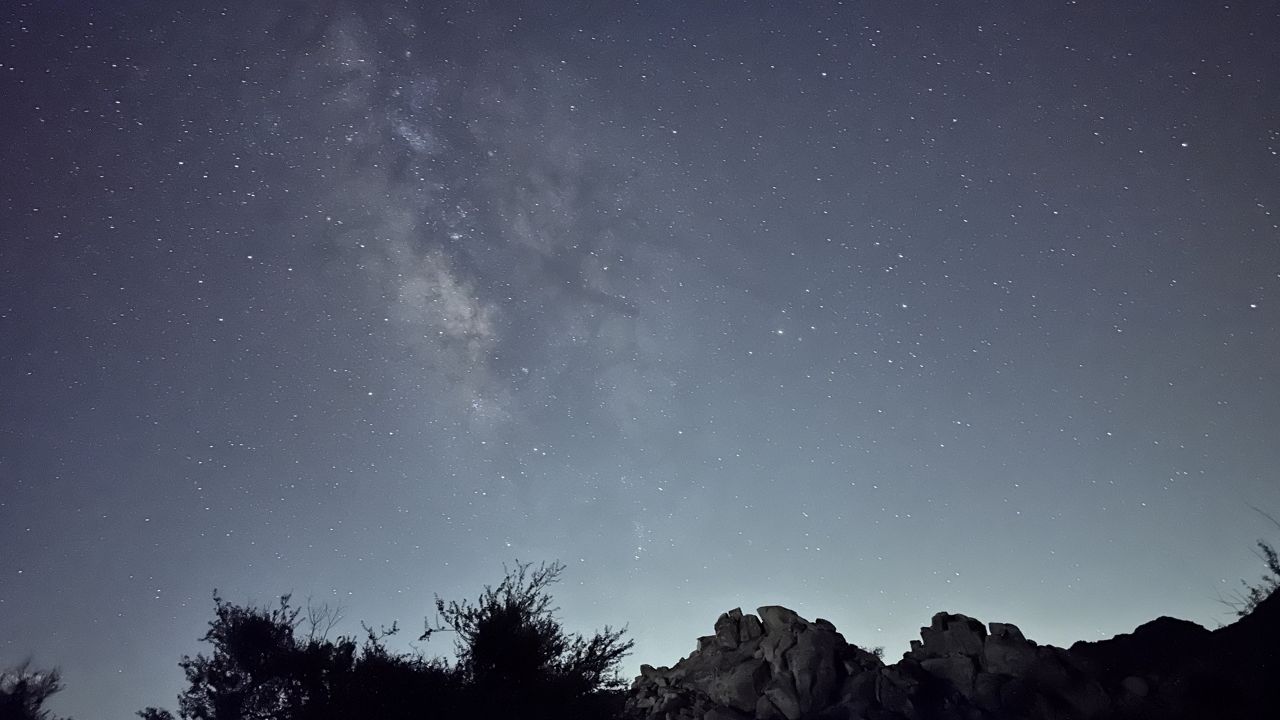One of the best meteor showers of the year peaks late this weekend into early next week.
The Perseid meteor shower peaks Sunday night into Monday, but you can catch them the rest of this weekend and even into early next week. While you can spot meteors zooming across the sky after dark, your best opportunity will be after midnight.
As the night goes on, the constellation Perseus–where the meteors appear to originate–will rise higher in the northeast sky. However, you can look anywhere overhead, not just in that direction.

The good news is that the moon won't be full yet, meaning the light won't wash out the meteors.
In ideal conditions, this show produces 50 to 100 meteors per hour, or about one or two every minute. Go find a dark place away from city lights and let your eyes adjust to the darkness for at least 15 minutes.
The Perseids produce long, bright trails, making it one of the more visual annual showers.
You might be inclined to photograph these spectacles of light. Like in May, when the northern lights were visible, the best way to capture space phenomena is using a DSLR camera on timer and low exposure.
If opting for your smartphone, it's best to put it on a tripod or stable platform. Go to settings and use long exposure or night mode.

We see the Perseids in the late summer as the Earth passes through the dust and debris that Comet Swift-Tuttle leaves behind. The “shooting stars” actually come from grains that are about the size of Grape Nuts, according to Sky & Telescope, that burn in the atmosphere as they zip by at over 130,000 miles per hour.

Hopefully clouds don’t get in your way! Check your local forecast here. But if clear skies aren’t in the cards Saturday night, don’t worry. That’s when they should be most active, but the Perseids don’t suddenly start and stop; you can try looking any time around the peak.
This isn’t the last meteor shower of the year. See the others coming up, along with other night sights, right here.
Our team of meteorologists dives deep into the science of weather and breaks down timely weather data and information. To view more weather and climate stories, check out our weather blogs section.



